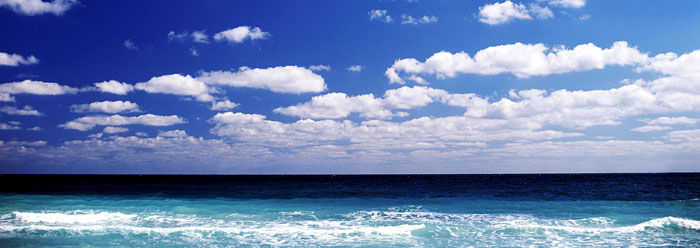by Jesse A. Sherburn, M.S., Mark F. Horstemeyer, Ph.D., and Kiran Solanski, M.S.
In A. A. Snelling (Ed.) (2008). Proceedings of the Sixth International Conference on Creationism (pp. 263–273). Pittsburgh, PA: Creation Science Fellowship and Dallas, TX: Institute for Creation Research.
Abstract
We analyze the Des Moines Ice Lobe of the Laurentide Ice Sheet (a main portion of the glacier that flowed into the United States) using finite element simulations to explore plausible surging scenarios that can reduce ice motion time scales from thousands of years to a couple of decades. We chose the Des Moines Ice Lobe of the Laurentide Ice Sheet, because of its relatively simple geometry. Previous studies considered idealized geometries of continental scale to investigate parameters related to the surging phenomena (cf., Horstemeyer & Gullett, 2003). These continental scale simulations of the Laurentide Ice Sheet provide boundary conditions for our local scale fi nite element simulations to allow us to examine effects of varying precipitation rates on the larger ice sheet. To further the work of Horstemeyer and Gullett, we performed three dimensional simulations, added a deformable basal till layer, and modified the problem domain from a generic dome to a slab representing the front edge of the Des Moines Ice Lobe. These three dimensional simulation results illustrate clear surging lobing effects that have been observed in nature.
Keywords
Glacier, Surging, Material modeling, Internal state variable, Des Moines Ice Lobe
For Full Text
Please see the Download PDF link above for the entire article.









